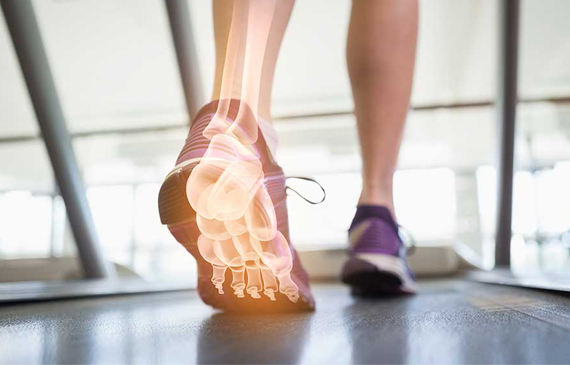What is ankle pronation?
When you stand, the foot is supposed to be firmly on the ground in three locations: below the heel; the base the big toe; and, the base of the little toe. The most common problem in the foot is a dropping of the main arch causing twisting of the bones around the ankle and of the foot.
How does this happen?
The cause of dropping of the arch is a weakening of the muscle and ligaments that are designed to hold it up. This can be caused from a lack of development, repeated stress or trauma.
What are the symptoms of a dropped arch?
The obvious symptom is pain or an ache in the foot or ankle. However, this condition can cause changes in muscle tension and ache in the knee, hip socket, pelvis, low back, between the shoulder, the neck and the muscles of the jaw.
Dropping of the arch is usually the first in a sequence of problems that happen in the foot. Common problems in the foot that follow a dropped arch are Achilles tendonitis, plantar fasciitis, metatarsalgia, bunions and hammer toes. Muscle ache and tension in the knee, pelvis, spine, neck and jaw can also be related to a dropped arch on that side.


Treatment
The goal of treatment is to improve biomechanical function in the foot. This begins with properly supporting the arch and may require the wearing of a special support in the shoes called an orthotic and/or other methods for retraining your feet. There are a series of exercises that will help to normalize the lengths of the muscles and strengthen them to optimize support of the arch.
